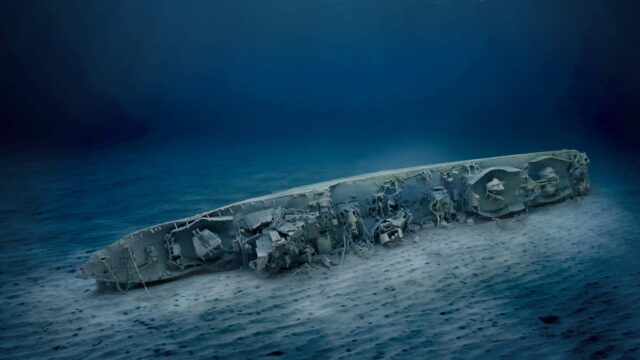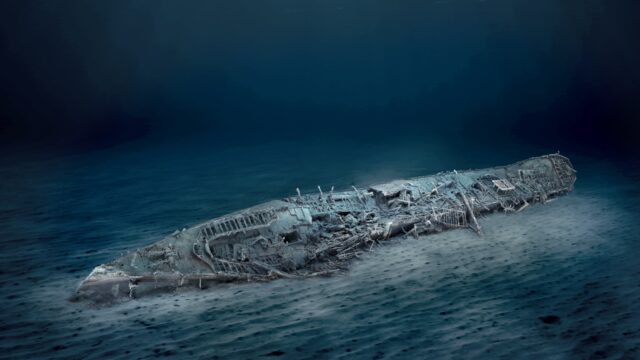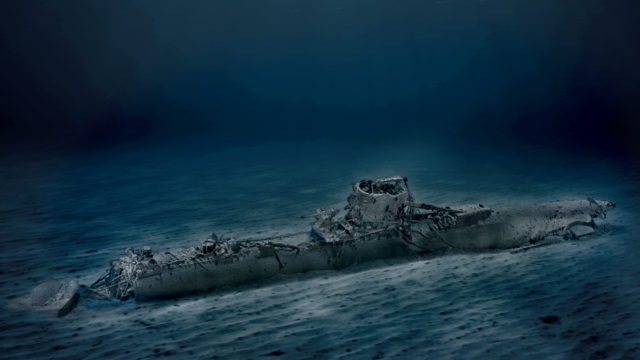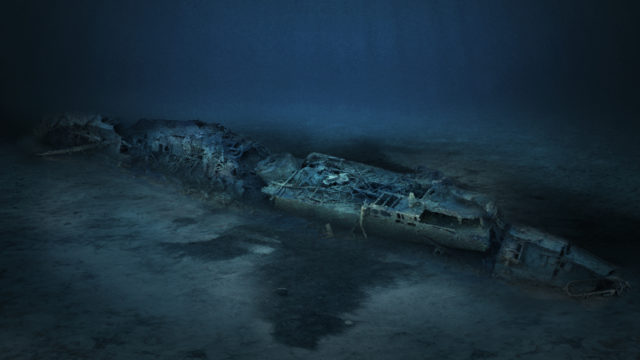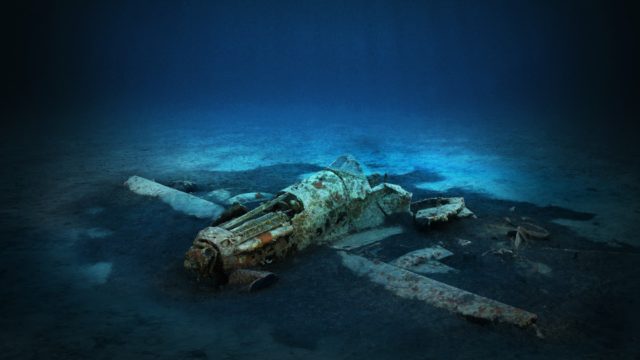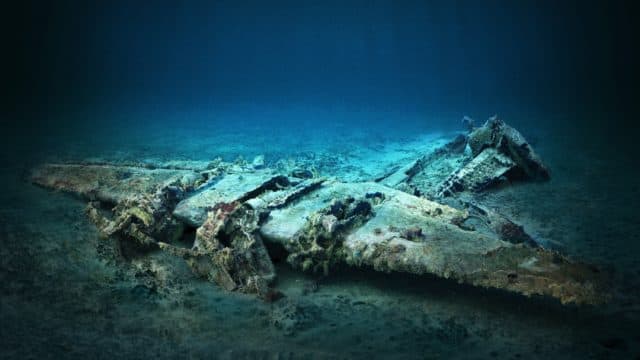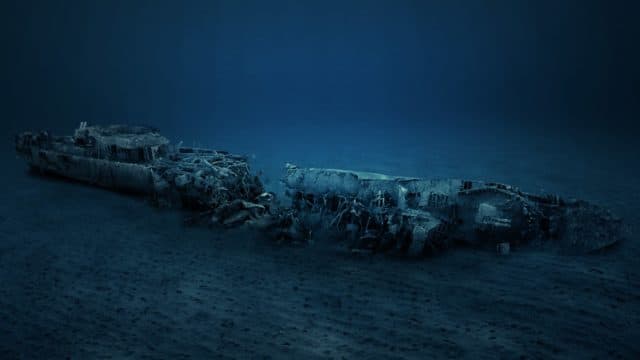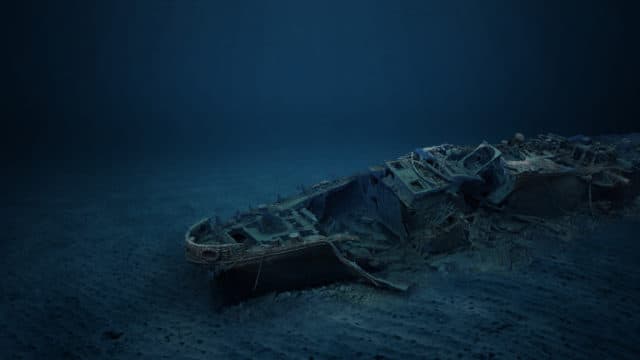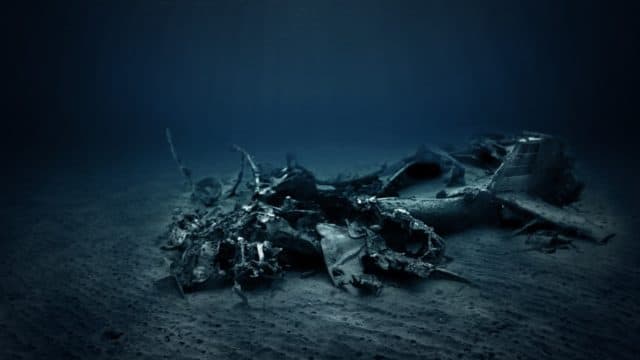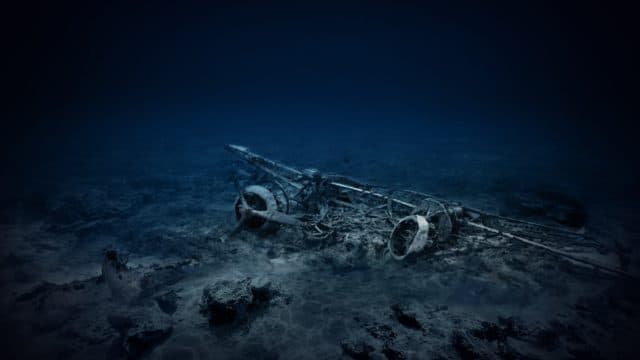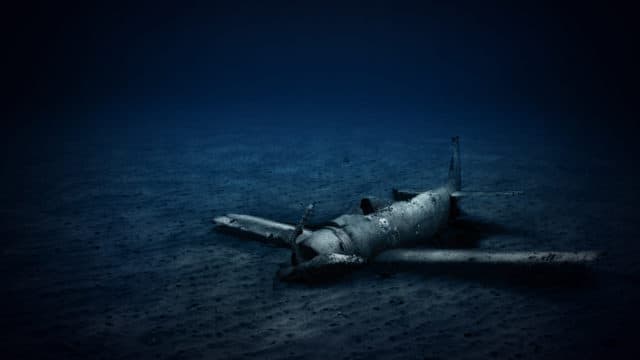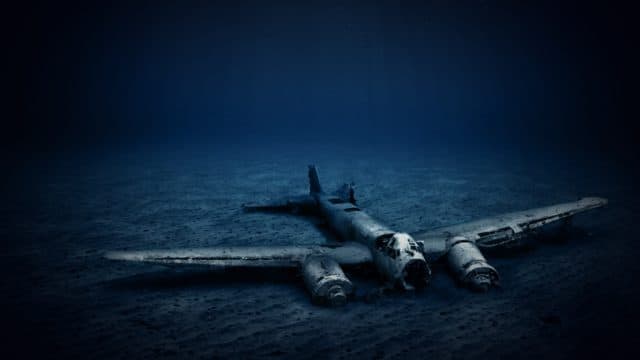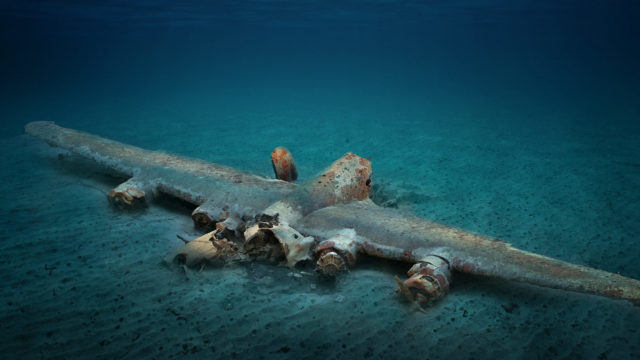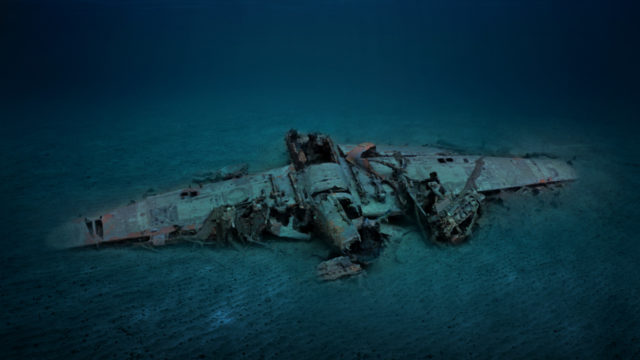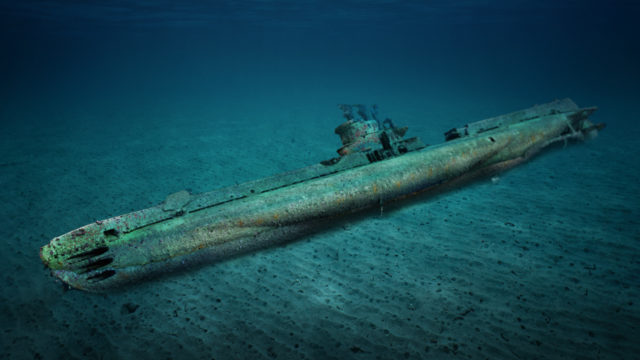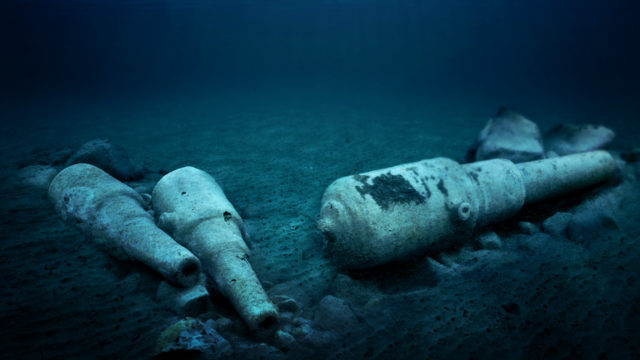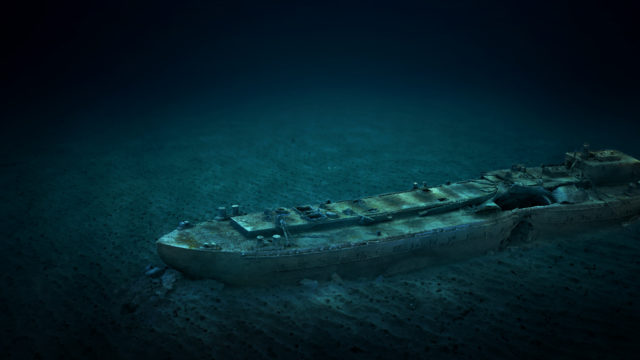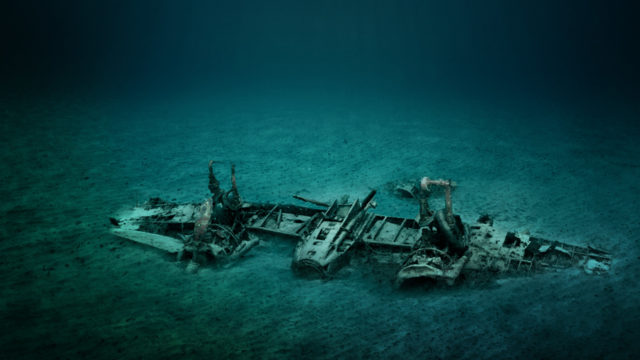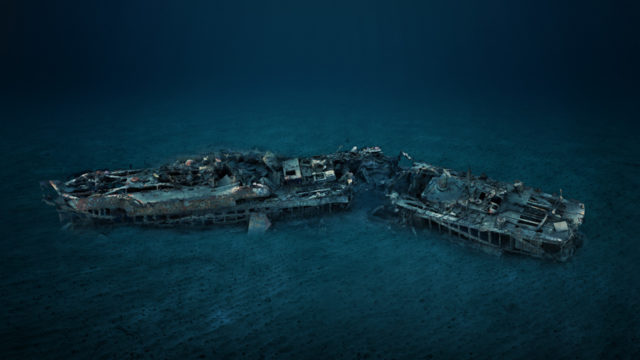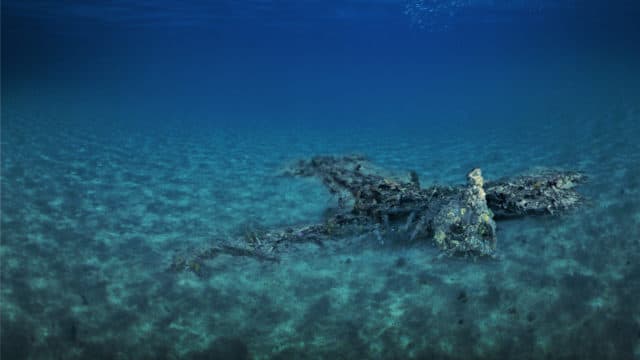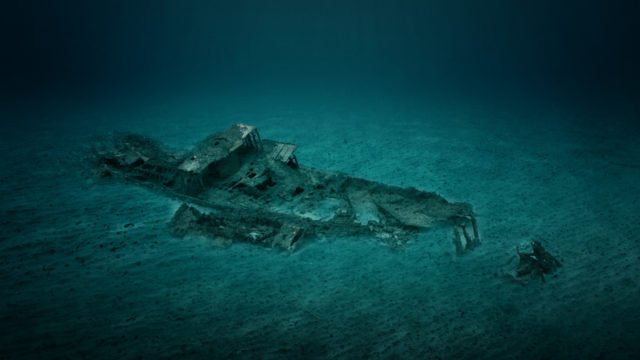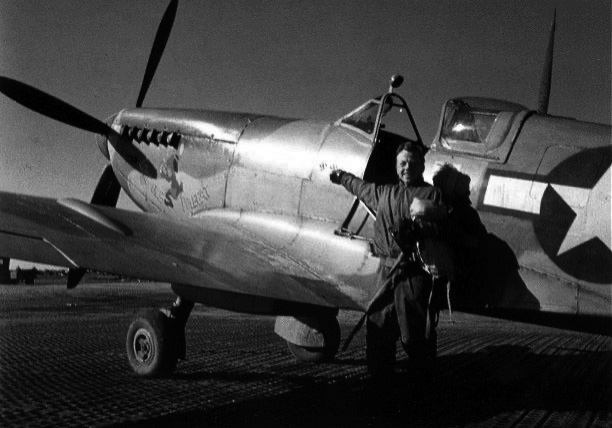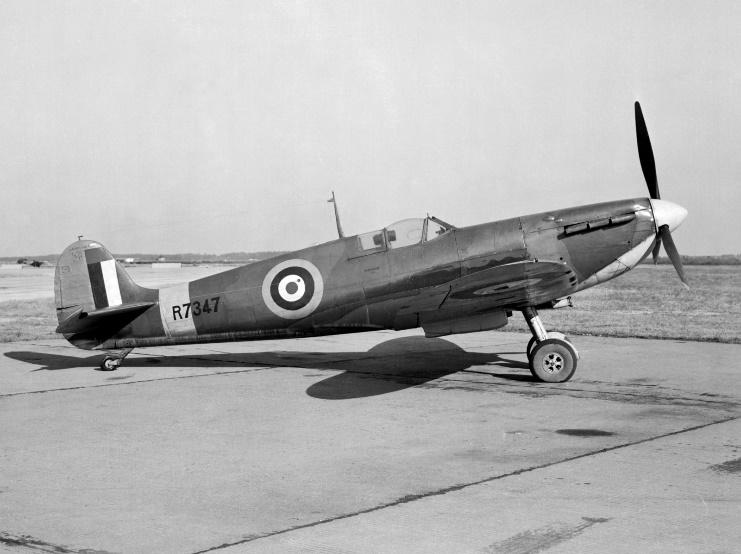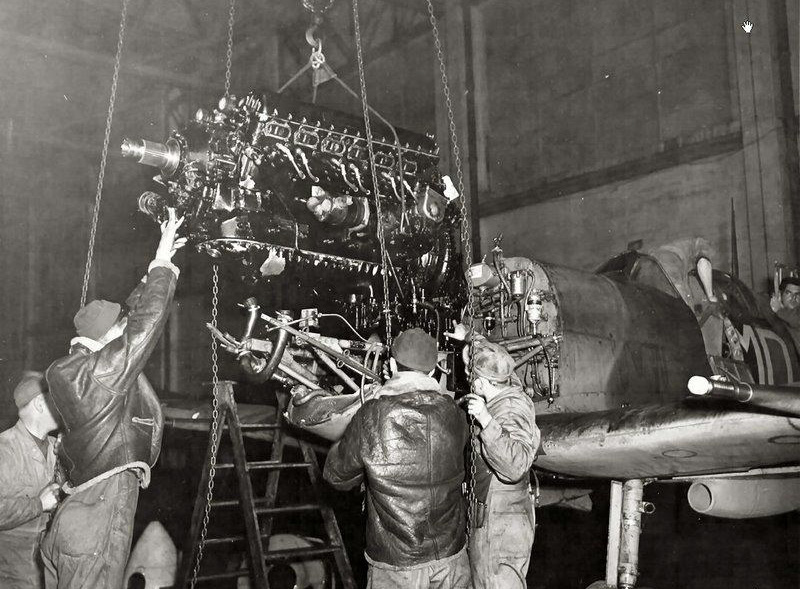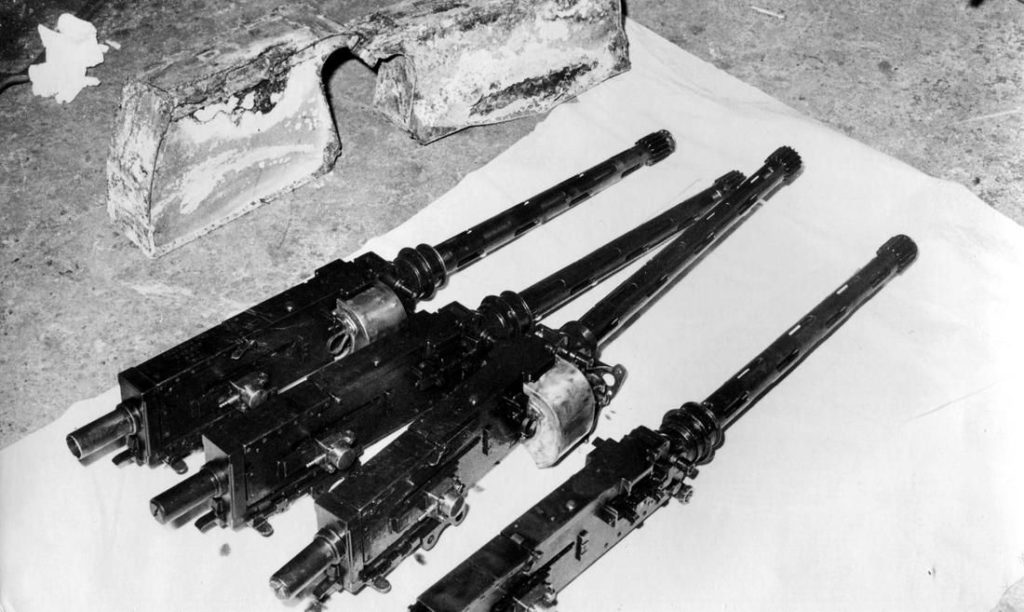Supermarine Spitfire
Supermarine Spitfire
The Supermarine Spitfire was the backbone of the Royal Air Force, in service on the frontlines from the beginning to the end of the Second World War. The Spitfire was produced continuously throughout the war and no other British aircraft would be built in greater numbers.
The Spitfire was designed by R. J. Mitchell of Supermarine Aviation Works in 1934 as a response to Royal Air Force (RAF) requirements for a modern fighter aircraft. The prototype first flew on the 5th March 1936, and by August 1938 was in service with the RAF. By the end of the Second World War more than 20,000 units were built, with over 20 Marks and more than 50 sub-variants designed. The Spitfire was designed as a single-seat short range, high performance interceptor, and incorporated all the most advanced features – variable pitch propeller, all-metal monocoque construction, retractable undercarriage, and enclosed cockpit. It’s most unique and recognisable feature was the elliptical wing, enabling the Spitfire to house eight machine guns and a retracted undercarriage whilst still being able to withstand the stress of high-speed manoeuvres. The Battle for Britain (July-September 1940) saw 19 Spitfire squadrons and 33 Hawker Hurricane squadrons face the Luftwaffe in the skies above Britain, and by the end the Spitfire emerged as an aviation legend. The Spitfire MK Vc was also the main fighter used during the air battle of Malta in 1942. The definitive Spitfire was the Mk V, designed in order to compete with the Focke-Wulf Fw190 over Western Europe. The Mk V saw the introduction of the universal wing, designed to take on all forms of expected armament. Almost 7,000 serial units produced between 1941 and 1943, outfitting a total of 140 RAF squadrons as well as the United States of America Air Force (USAAF) fighter groups.
 War Grave
War Grave The Wreck.
The history of the Spitfire wreck located off the coast of Gozo is linked to Operation Husky – the Allied invasion of Sicily (10 July 1943-17 August 1943). After the Allied victory in North Africa (Operation Torch), a decision was made to focus on Italy next, considered to be the ‘soft underbelly’ and the weakest Axis power. An important consideration was the proximity of Malta, which was an Allied base from where fighter cover could be provided. In preparation, an elaborately planned British diversion was initiated as Operation Mincemeat, creating a false trail that alluded to Greece and Sardinia as the next Allied targets. German forces fell for the ruse and on 9-10 July 1943 combined air and sea landings involving approximately 150,000 Allied troops, 3000 ships and 4000 aircraft, were directed at the southern shores of Sicily. In preparation for Operation Husky, 25 Spitfire Squadrons comprising some 400 aircraft were to be based in Malta. By May 1943 it was decided that an airfield in Gozo was required, with Xewkija chosen as the aerodrome site. The construction of the airfield was completed in 20 days and on 30 June 1943 the first Spitfires landed in Gozo, marking the first-time aircraft safely landed on the island. The Gozo airfield USAAF Spitfire Squadrons from the 31st Group – the 307th, 308th, 309th fighter squadrons – were tasked with providing coverage of the invasion fleet during Operation Husky. A missing air crew report dated to 30 June 1943 provides information on the Spitfire that was lost off the coast of Gozo. The missing Spitfire was a Twelfth Air Force asset from the 308th fighter squadron of the 31st Group, having departed from Korba, Tunisia, on a route to Pantelleria and Gozo. The aircraft disappeared after a missed approach on the Xewkija airfield and it was at this point when radio contact was lost. The aircraft is listed as having been lost as a result of crashing into the sea. The lost aircraft was reported as a Spitfire Mk Vc with a Merlin 45 engine, and unknown armaments. The Malta Air/Sea Rescue is recorded as having picked up the distress call and conducting a search in the area where the aircraft was last noted, with no success. By 19 July 1943 the Xewkija airfield was no longer needed, used later only in emergencies and by 1944 returned to its original owners.
The wreck site of the Spitfire was discovered during a side-scan sonar survey in April 2021. The aircraft is located upright on a sandy seabed at a depth of 70 metres, the rear fuselage has folded forward during the ditching and the tail can be seen upside down just behind the port wing trailing edge. The collapse of the rear fuselage during the incident indicates that the ditching was quite violent. The propeller blades being of the Dowty Rotol type where made out of wood and these disintegrated on impact with the water. This type of propeller is a good indication that this is the 308th squadron’s missing machine. The pilot remains missing.


